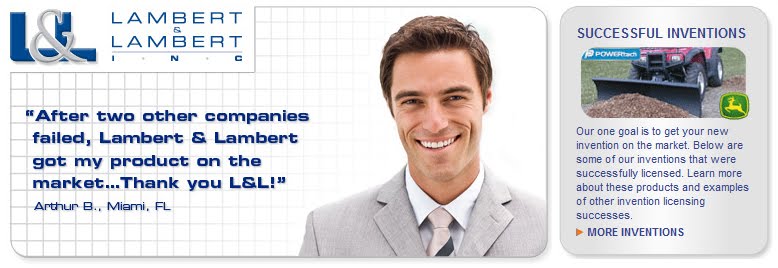
The annual PGA Merchandise Show will be held on January 25 - 28, 2012 at the Orange County Convention Center in Orlando, FL.
The show has a long and entrepreneurial history, dating back to 1954, where industry professionals gathered in parking lots to showcase their new equipment. This year, there will be over 1000 vendors representing a myriad of divisions within the golf industry. Ranging from start-up companies, Axis 2 Angle™ Golf, to industry titans, such as Titleist, there is a compendium of exhibitors both new and familiar for attendees to experience.
The show kicks off with the 10th annual Demo Day on Wednesday, January 25. Just like the name suggests, the Demo Day offers participants a chance to test new equipment from top Golf companies like Ping, Calloway, and Taylor Made. The Demo Day will take place at Orlando’s Orange County National Golf Center and Lodge. Attendees can do more than test out the new putters, drivers, irons, balls, shafts, and grips. Club fitting, scoring clinics and instructional aides are also available for testing. However, the morning session is limited to PGA professionals and media only and the afternoon session is open for PGA professionals, media members and industry professionals.
The show kicks off with the 10th annual Demo Day on Wednesday, January 25. Just like the name suggests, the Demo Day offers participants a chance to test new equipment from top Golf companies like Ping, Calloway, and Taylor Made. The Demo Day will take place at Orlando’s Orange County National Golf Center and Lodge. Attendees can do more than test out the new putters, drivers, irons, balls, shafts, and grips. Club fitting, scoring clinics and instructional aides are also available for testing. However, the morning session is limited to PGA professionals and media only and the afternoon session is open for PGA professionals, media members and industry professionals.
Among the many highlights of the merchandise show is the unveiling of new products such as equipment, apparel, teaching aids, travel accessories, and club management. The show has already revealed three new featured products in this year’s show. The first is the 2012 BB Putter Series by Bettinardi Golf. Bettinardi Golf has been producing One-Piece milled putters since 1991 and has been used by the likes of Vijay Singh, Jim Furyk, and Jesper Parnevik.
Standard Golf Company will feature their new line of customized flags. Each flag is embedded with maximum UV resistant material, which protects against the color fading of the flag. The consumer has two choices of fabrics, a white heavy-weave polyester textile, which feels like cotton and a nylon-like tight-weave polyester textile flag. To order, simply email your artwork to the email address provided on their website.
Lastly, The SkyCaddie® will also be featured at merchandise show. The SkyCaddie® is a series of wireless rangefinders helping golfers map distances and view layouts of different holes and the course as a whole. The SkyCaddie® not only maps yardages to the hole, but also to layup points, hazards, and various targets on the green for different shot selection purposes.
In addition to the many products and companies highlighted at the show, there are many learning and networking opportunities available for attendees. According to the FAQ page on the show’s website, there will be at least 70 educational seminars presented by notable figures from both the PGA and AGM (Association of Golf Merchandisers). Other attractions that worth checking out are the interactive exhibits, fashion gallery, special events such as concerts, various presentations, celebrity appearances, career fair, the new product center, and the chance for extensive professional networking.
For attendee registration and further detailed information about the show, visit the PGA Merchandise show website or you can follow the show on Facebook and Twitter.
About Lambert & Lambert:
Lambert & Lambert is a contingency-fee based invention marketing and patent licensing firm that specializes in consumer products. Based in Minneapolis, Minnesota, Lambert & Lambert provides services to inventors, product developers and small companies throughout the world and currently has products selling in numerous retailers.
Contact:
Tim Sherman, Director of Customer Service
Tel: 651-552-0080 | Fax: 651-552-7678
info@lambertinvent.com
Links:
Lambert & Lambert Homepage Lambert & Lambert Invention Blog
Lambert & Lambert on Facebook Lambert & Lambert on Twitter
Lambert & Lambert is a contingency-fee based invention marketing and patent licensing firm that specializes in consumer products. Based in Minneapolis, Minnesota, Lambert & Lambert provides services to inventors, product developers and small companies throughout the world and currently has products selling in numerous retailers.
Contact:
Tim Sherman, Director of Customer Service
Tel: 651-552-0080 | Fax: 651-552-7678
info@lambertinvent.com
Links:
Lambert & Lambert Homepage Lambert & Lambert Invention Blog
Lambert & Lambert on Facebook Lambert & Lambert on Twitter





